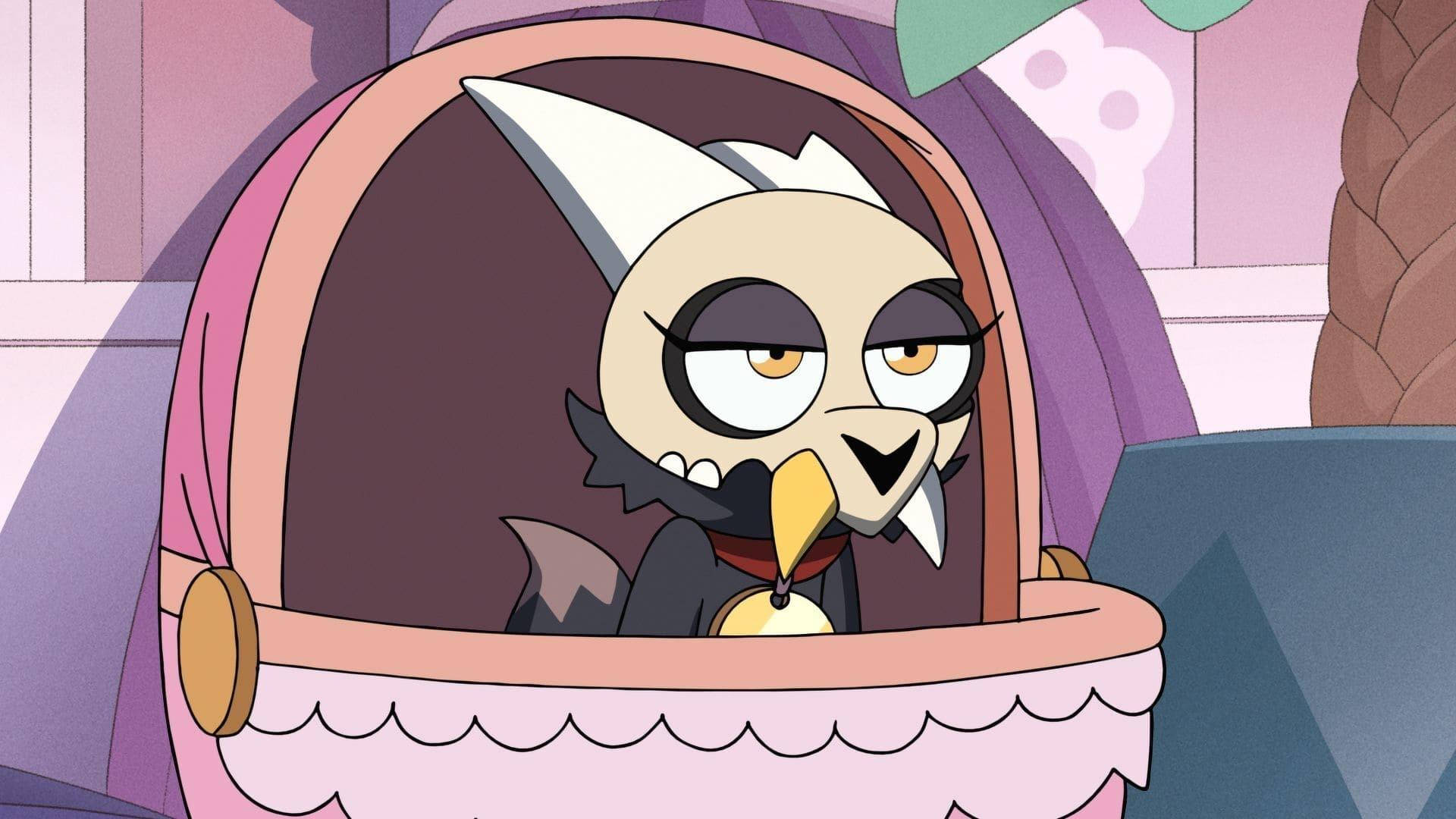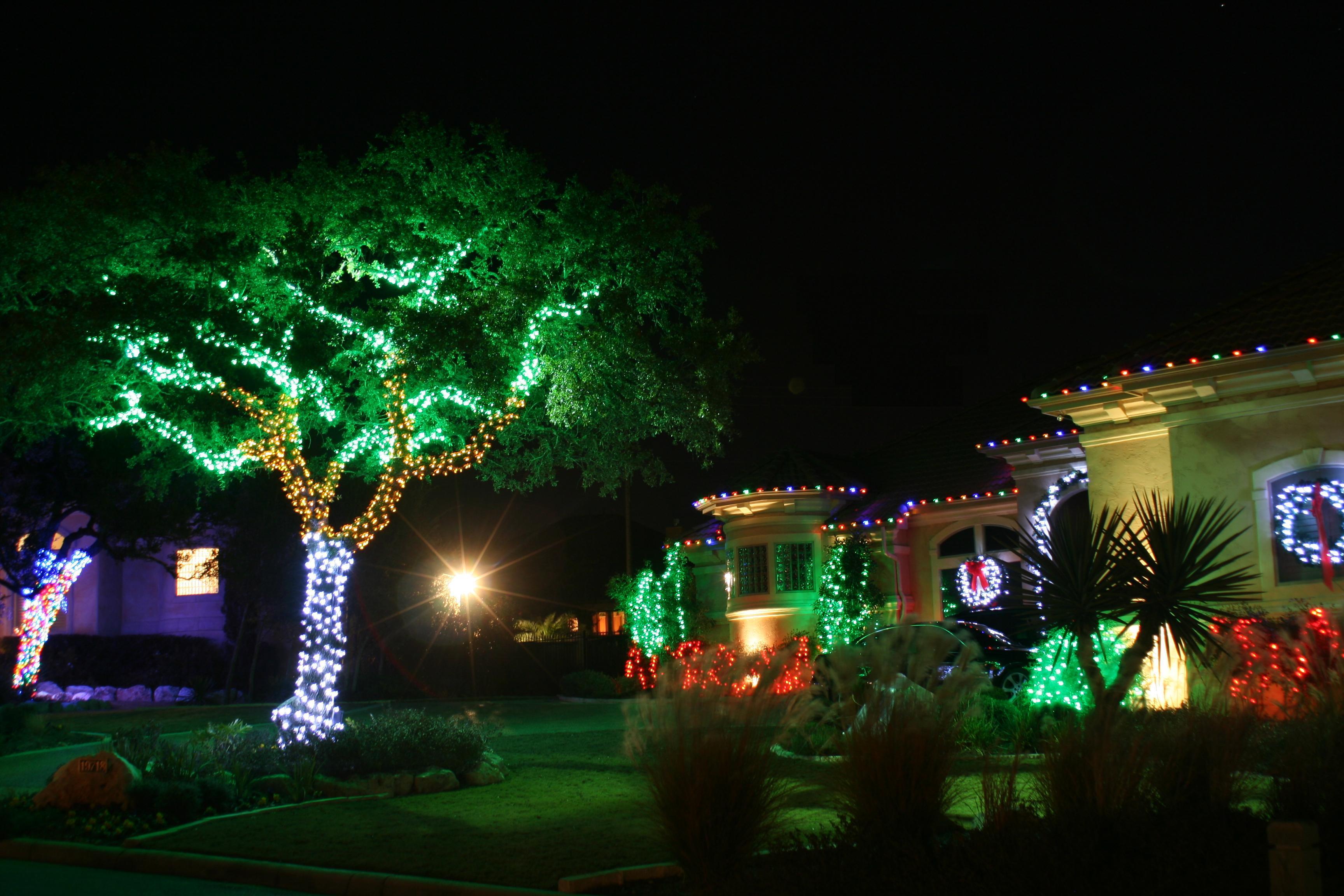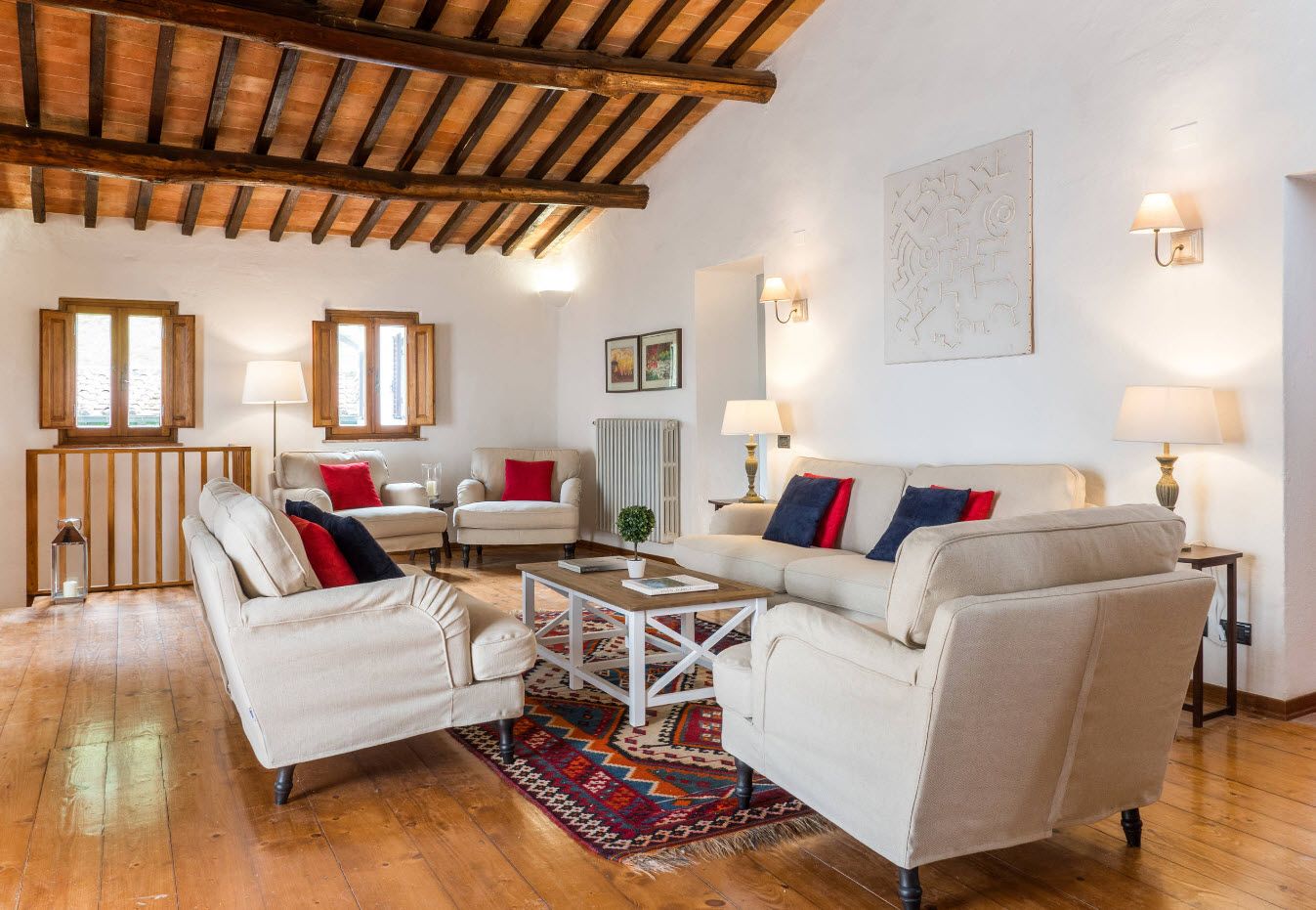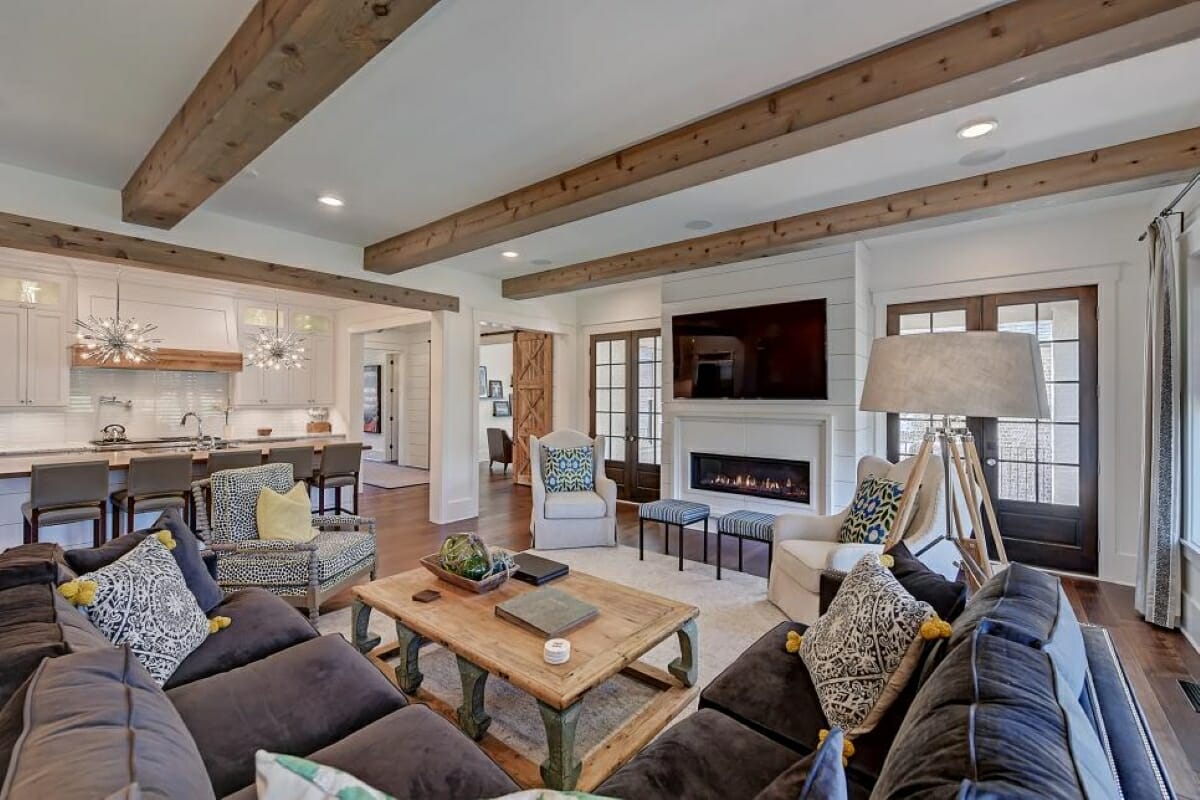Table Of Content
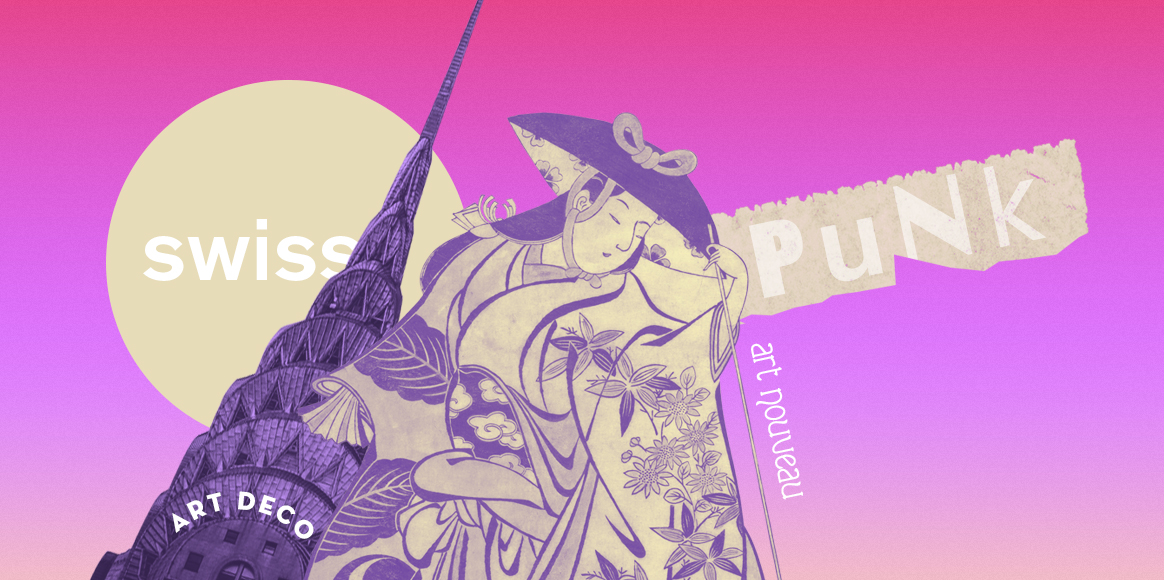
Classic styles evoke the nostalgia of a particular era, while contemporary styles can mirror our fast-paced, technology-driven world. By understanding these influences, designers can create designs that speak directly to their intended audience and reflect the prevailing cultural attitudes and values. Beyond their visual appeal, graphic design styles significantly affect branding, culture, and creativity.
Marketing and Advertising Graphic Designers' Requirements
Get ready to experiment and constantly adapt to the latest trends and technology. During the early 21st century, a significant shift occurred in the digital design world, giving rise to the emergence of flat design. This design movement directly responded to the prevailing skeuomorphic design trends that had dominated user interfaces for years. The skeuomorphic technique incorporates realistic textures, shadows, and gradients to mimic real-world objects, often to provide familiarity to users. However, as technology evolved and user expectations changed, a need for a more streamlined and user-friendly approach to design became apparent.
Early Modern Style Graphic Design:
Of course, it is a no-brainer that designers should have good communication and creative skills. The 2010s graphic design era saw plenty of incredible work and was an exciting decade for graphic design and illustration. While it can be difficult to assess the dominant trends of a decade that was so recent, we can already look back on a few styles that have proved to be almost universally popular. You can’t mention Nineties graphic design without paying homage to American art director David Carson, who founded the alternative music magazine Ray Gun in 1992. A world away from the measured minimalism of digital design, he ‘broke the grid’, experimenting with collage-style type and edgy photography.
After Corporate Memphis: What comes next and how to stay ahead of the trends
Google followed suit with its Material Design language, which also embraced the principles of flat design while adding subtle depth through its “material” metaphor. Postmodernism shattered the traditional notion of adhering to a specific style or following strict rules in graphic design. Designers were now free to experiment, innovatively combining various visual languages, textures, and cultural references. This newfound freedom enabled the creation of visually rich and complex compositions that reflected the dynamic nature of contemporary society. It sought to eliminate the unnecessary complexities and flourishes that had characterised design throughout history.

Designers began prioritising legibility, clarity, and directness in their works, abandoning the extravagant typography and intricate illustrations that had been prevalent before. This new approach recognised that effective design should communicate information efficiently and intuitively, enhancing the user experience and reinforcing the message. Welcome to our design haven, where we're about to embark on an exciting journey through the captivating world of graphic design styles. Whether you're a seasoned designer looking for fresh inspiration or a curious soul eager to learn, this blog post is tailored just for you. Stage, screen, and theater elements feature heavily in Art Deco designs, with triangles, starbursts, and chevron patterns representing stage lights.
Examples of Packaging Graphic Designs
This design style mostly used outer decorative borders, dramatic imagery, and elaborate typography. Essentially, the Victorian age was very popular for imitation and reproduction with many styles in a single piece of work including gothic and rococo. Abstract graphic design can help create more impactful, memorable, and engaging visuals than realistic designs. This is because abstract designs are less reliant on visual details, allowing the viewer to focus on the concept behind the design. The retro style can be seen in many forms, such as logos, posters, advertisements, typography, web design, and more. It is also used as a way to create a sense of familiarity with a brand or product.
Retro graphic design styles
Keoni is a registered architect with more than 35 years of professional experience in architecture, interior design and graphic design. His work includes commercial and residential projects in different styles and of all budgets. She says, as “designers, we can get stuck chasing the fleeting ideal of perfection. The most authentic brands are human—too much polish strips that humanity away” and that stories need to be real and truthful in the way that consumers can connect with them. She’s created striking designs for brands ranging from restaurant branding to body care packaging and editorial.
Art Nouveau
9 hot graphic design trends for 2023 - Creative Bloq
9 hot graphic design trends for 2023.
Posted: Thu, 23 Feb 2023 08:00:00 GMT [source]
The minimalist design approach to design offers the digital age the effective communication of information, branded style, and storytelling. Minimalist design styles are one of the current design styles that started gaining popularity in the 2010s. Today, we can see Art Nouveau used in many forms of visual communication, such as branding, graphic design, home decor, architecture, and more. Brands and designers also use Art Nouveau to grab the audience’s attention, particularly when marketing sensual products like food, cosmetics, fragrances, and alcoholic beverages. With origins dating back to the early 1900s, the Art Deco era transcended design fields.
Even if a product is very reliable, the packaging has to be nice before it can be accepted by a large audience. Although product designers have individual roles, a good designer should understand each role. Different designers work together to create products that help them spot possible flaws in each other's contribution, ensuring a perfect end product. Organizations, businesses, individuals, and even governments use publications to spread information to their target audience. There has been a massive rise in digital publishing, but the print medium is still very much around because not everybody finds the internet easily accessible.
Adding movement or animation to 3D design elements is a great way to achieve a modern vibe. The style was at once progressive and expansive, yet never crossed the line into outrageous. Art Deco style lent itself perfectly to the purpose of promoting luxury brands, fashion labels and far flung travel destinations. With our graphic design course, we teach you how to make research a fundamental part of your design process. You will develop diverse and well researched references for each brief you tackle, which in turn allows you to back up and argue for your design choices as they relate to the brief.
Punk design style lives on in contemporary zine culture, album cover designs and DIY poster design. These creative communities often operate from the position of having low to no budget. The cheap and readily available production mediums of screen printing and photocopying offer punk design a consistent aesthetic which is very easily emulated.
These creative professionals use their design skills to connect with others through their visual work. Graphic design is about much more than creating images that are nice to look at. It’s a form of visual communication that provides information, shares ideas and persuades the audience to consider new perspectives. Bad type choices can be as bad as making the message distracting, unreadable, and unaesthetic. That is because their branding is very effective and they have been able to create something that can make you picture the brand designs just from hearing the name or looking at the logo.
Magazines like Rolling Stone embellished photos with anarchic collage touches, bright colour, and ‘look at me’ typography. The other popular design movement in 1960s graphic design was a reaction to the restrictions of minimal, modernist design. Psychedelic design was influenced by the free love movement, rock ‘n’ roll, and hallucinogenic drugs. Meanwhile, other designers were exploring modernism’s potential and giving it a fun, playful twist. Flat design was made popular by the Mid-Century Modern movement, which focussed on playful patterns and textures, and used simple, pared-back colour palettes in earthy shades.





